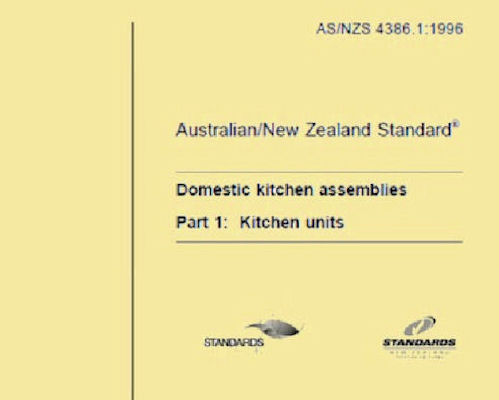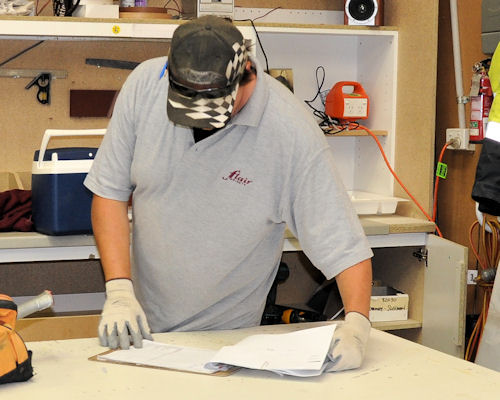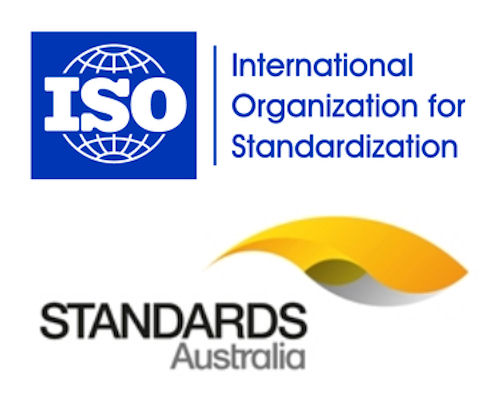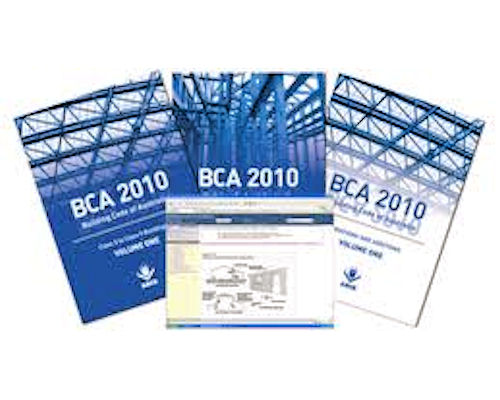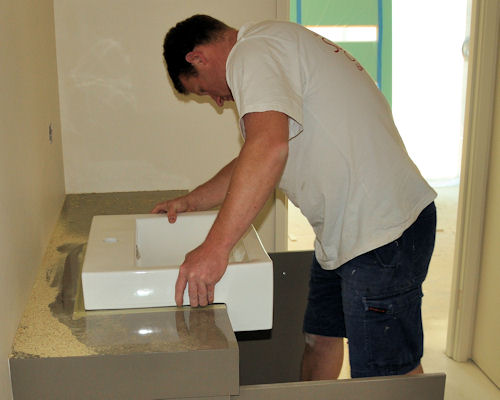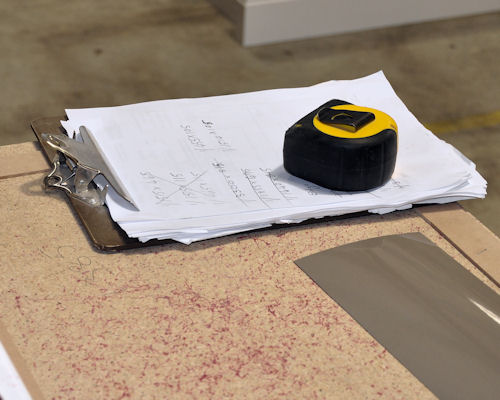Standards
Kickboard height: 150 mm + 50 mm
Bench top height: 900 + 20 mm
Floor unit height: 720 + 1 mm - 4 mm (not including kickboard)
Floor unit depth: 580 (door handles excluded)
Wall unit height: 720 + 1 mm - 4 mm
Wall unit depth: up to 350mm (door handles excluded)
Splashback height above sink: 450 mm minimum, or 600 mm if there is a wall unit above
Splashback height above electric cook top: 600mm minimum.
Go to Quality inspection
Industry Network Training and Assessment Resourses
© 2016 Workspace Training


